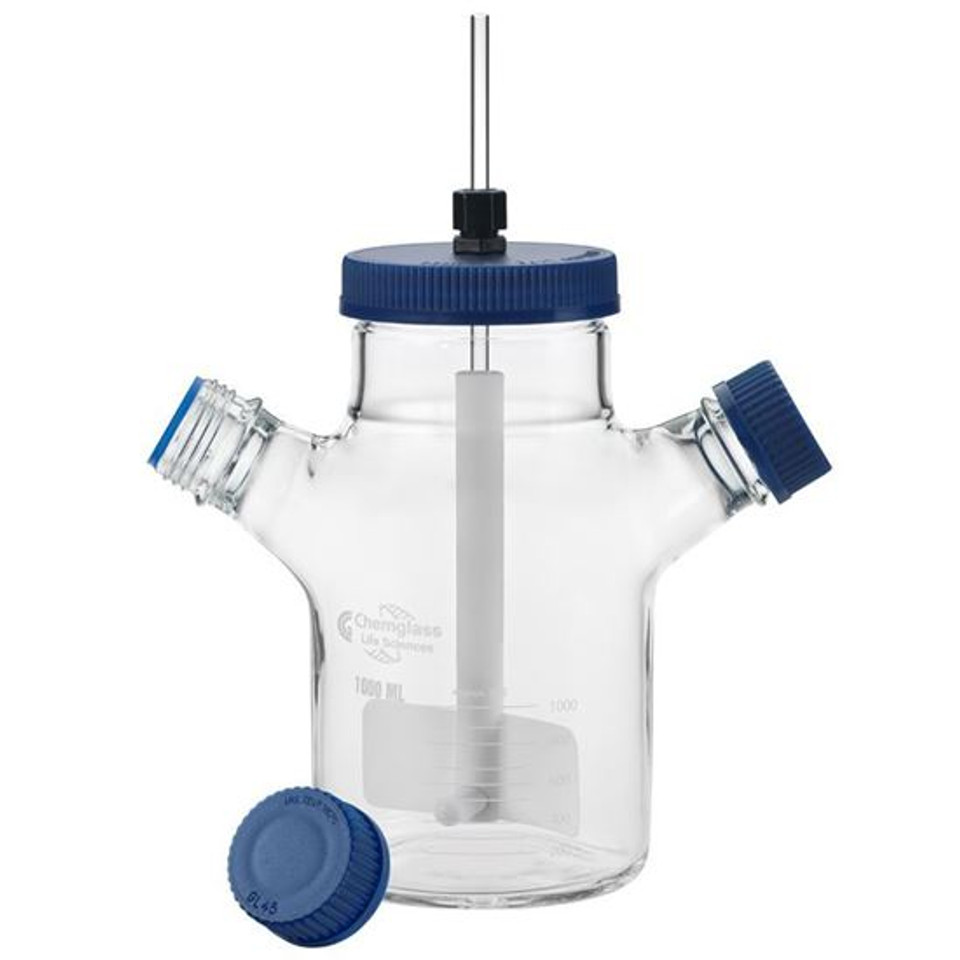Caps and Flasks for Lab Research: Everything You Need to Know

Accuracy and precision are crucial in the field of laboratory research. Every detail, no matter how small, can have a significant impact on the results obtained. Two crucial elements in this pursuit of accuracy are caps and flasks. Caps ensure the integrity of samples, while flasks provide the vessels for conducting experiments. In this comprehensive guide, we’ll delve into everything you need to know about these tools for lab research.
Understanding Caps
Caps play a vital role in maintaining the integrity of samples during storage and transportation. They come in various forms, each designed for specific applications. Here are some common types of caps used in laboratory research:
1. Screw Caps:
These caps are perhaps the most ubiquitous in laboratory settings. They feature a threaded design that allows for a secure seal, minimizing the risk of sample contamination or evaporation.
2. Snap Caps:
Snap caps offer a convenient alternative to screw caps. You can easily snap them on and off, making them ideal for quick access to samples while still providing a reliable seal.
3. Septa Caps:
Septa caps have a septum, which consists of a thin, flexible membrane typically made of rubber or silicone. The septum allows for the insertion of needles or probes without compromising the integrity of the sample.
4. Flip-Top Caps:
These caps feature a hinged lid that can be flipped open and closed with ease. They are commonly used for storing liquids where frequent access is required.
Choosing the Right Cap
Selecting the appropriate cap for your research needs is crucial to ensuring the integrity of your samples. Consider the following factors when choosing a cap:
1. Material:
Caps are typically made from materials such as polypropylene, polyethylene, or silicone. Ensure that the material is compatible with your samples and any chemicals or solvents they may come into contact with.
2. Sealing Mechanism:
Different caps offer varying levels of sealing efficiency. Evaluate the sealing mechanism of each cap to determine its suitability for your application.
3. Compatibility:
Ensure that the cap is compatible with the container or vessel you are using. Caps come in different sizes and thread configurations, so be sure to choose one that fits securely.
4. Application:
Consider the specific requirements of your research application. For example, if you need to access the sample frequently, a flip-top cap may be more convenient than a screw cap.
Understanding Flasks
Flasks are essential vessels used for mixing, storing, and heating liquids in laboratory settings. They come in a variety of shapes and sizes, each tailored to specific experimental needs. Here are some common types of flasks used in lab research:
1. Erlenmeyer Flasks:
Erlenmeyer flasks have a cone-like shape that makes it simple to swirl and mix liquids inside them. They’re often used for tasks like titrations, growing microbes, and mixing different substances together.
2. Round-Bottom Flasks:
Round-bottom flasks feature a spherical body with a flat bottom, making them ideal for heating liquids evenly over a flame or hot plate. They are commonly used for distillation, reflux, and heating reactions.
3. Volumetric Flasks:
Volumetric flasks are used for the precise measurement and dilution of liquids. They have a narrow neck and a flat bottom, with a single graduation mark indicating the calibrated volume.
4. Boiling Flasks:
Boiling flasks, also known as Florence flasks, are designed to withstand the heating and boiling of liquids. They feature a round body with a long neck, which helps to prevent splashing during boiling.
Choosing the Right Flask
Selecting the right flask for your experiment is essential to ensuring accurate and reproducible results. Consider the following factors when choosing a flask:
1. Volume:
Choose a flask with an appropriate volume for your experiment. It should be large enough to accommodate the volume of liquid being used, with some extra space to prevent spills or boil-overs.
2. Material:
Flasks are commonly made from borosilicate glass, which is resistant to thermal shock and chemical corrosion. Ensure that the material is compatible with the chemicals and solvents used in your experiment.
3. Shape:
The shape of the flask can impact its functionality for specific applications. Consider whether a conical, spherical, or flat-bottomed flask would be most suitable for your needs.
4. Neck Size:
The neck size of the flask determines the type of closure or stopper that can be used. Ensure that the neck size is compatible with the cap or stopper you plan to use.
Best Practices for Caps and Flasks Usage
To ensure the success of your experiments and the integrity of your samples, follow these best practices for caps and flasks usage:
1. Proper Sealing:
Ensure that caps are securely tightened to prevent leakage or evaporation of samples. Check for any signs of wear or damage to the cap that may compromise the seal.
2. Cleaning and Sterilization:
Clean and sterilize caps and flasks before each use to prevent contamination of the samples. Use appropriate cleaning agents and sterilization methods based on the nature of your experiment.
3. Labeling:
Clearly label caps and flasks with the contents, date, and any other relevant information. This helps to avoid confusion and ensures the traceability of samples throughout the research process.
4. Storage:
Store capped flasks in a clean, dry environment away from direct sunlight and extreme temperatures. Proper storage helps to maintain the integrity of samples over time.
What are the Uses of Caps and Flasks in Cell Culture?
Caps and flasks play crucial roles in cell culture, providing the necessary containment and protection for cell cultures as they grow and multiply. Here are some common uses of caps and flasks in cell culture:
1. Sterile Containment:
Caps are essential for sealing cell culture flasks to maintain a sterile environment. This prevents contamination from airborne particles, bacteria, and fungi, ensuring the purity of the cell culture.
2.Gas Exchange:
Some caps are designed with filters or membranes that allow for gas exchange while preventing contamination. This is particularly important for aerobic cell cultures that require oxygen for growth and metabolism.
3. Sample Protection:
Caps protect cell culture samples from external contaminants during storage and transportation. Whether it’s transferring cultures between incubators or storing them in refrigerators, caps ensure the integrity of the samples.
4. Maintaining pH:
Certain cell culture flasks come with vented caps that allow for the release of carbon dioxide, helping to regulate pH levels within the culture medium. This is crucial for maintaining optimal conditions for cell growth and viability.
5. Temperature Control:
Caps help to minimize temperature fluctuations within cell culture flasks, providing a stable environment for cell growth. This is particularly important for sensitive cell lines that require precise temperature control.
Conclusion
Caps and flasks are indispensable tools in laboratory research, ensuring the integrity of samples and facilitating accurate experimental results. By understanding the different types of flasks and caps available and following best practices for their usage, researchers can optimize their experimental workflows and achieve reliable outcomes. Whether you’re storing samples for future analysis or conducting complex chemical reactions, choosing the right cap and flask is essential for success in the laboratory.











